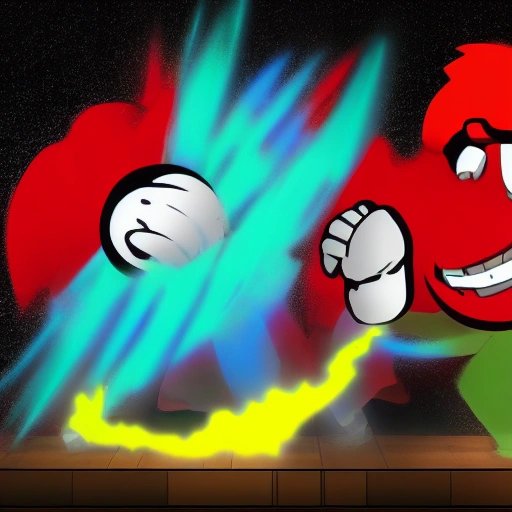NTSC and PAL-M Engage in Epic Battle for Video Dominance
Los Angeles, CA - In a showdown that can only be described as epic, two giants of the video world are going head-to-head for supremacy. NTSC and PAL-M have been at odds for years, but tensions have risen to an all-time high in recent months.
NTSC (National Television System Committee) was introduced in the United States in 1941, and quickly became the standard for analog television broadcasting in North America, Japan, and a few other countries. PAL-M (Phase Alternating Line - M) was created in Brazil in the 1970s, and was used primarily in South America.
While the two video standards have coexisted relatively peacefully for decades, recent advancements in technology have reignited the rivalry. With the rise of digital content delivery and high-definition displays, both sides are vying for dominance in the new age of video.
NTSC proponents argue that their standard is more widespread and has a longer history of success. PAL-M supporters counter that their format is superior in terms of color and resolution. Both sides have cases to make, but the ultimate decision will come down to a battle of the wills.
The first shot was fired by NTSC, who announced a partnership with several major television manufacturers to produce a new line of televisions that are optimized for their standard. The move was seen as a direct challenge to PAL-M, and sparked outrage in South America.
Pal-M supporters quickly responded by launching a social media campaign with the hashtag #PalMSuperior, which went viral in the region. A spokesperson for the campaign, who wished to remain anonymous, explained the rationale behind the movement.
"We cannot let the Americans bully us into using their inferior standard," the spokesperson said. "PAL-M is the best, and we will fight tooth and nail to ensure that it remains the dominant video format in South America."
The campaign has already attracted support from a number of high-profile figures in the region, including several government officials and celebrities.
The situation has become increasingly tense over the past few weeks, with both sides rallying their supporters and engaging in heated debates online. Many are worried that the conflict could spill over into real-world violence, and there are reports of skirmishes between rival factions in several South American cities.
Despite the mounting tensions, there are some who remain optimistic about the future of video technology. "I think this competition is healthy," said Dr. Emily Chang, a professor of media studies at the University of California, Los Angeles. "Innovation comes from competition, and ultimately the consumer will benefit from having more choices."
It remains to be seen who will emerge victorious in this epic battle for video dominance. Both NTSC and PAL-M have their respective strengths and weaknesses, and it will ultimately come down to which side can rally the most support. One thing is for certain, however: the world of video will never be the same again.
